-
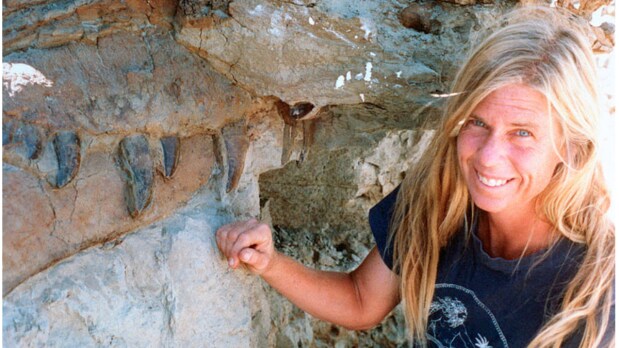
On August 12, 1990, fossil hunter Sue Hendrickson made one of the most significant paleontological discoveries ever recorded — the remarkably complete remains of a Tyrannosaurus rex in South Dakota’s Cheyenne River Indian Reservation. Nicknamed “Sue” after its discoverer, this skeleton is recognised as the largest and most intact T. rex ever found, with approximately 90% of the bones recovered. This discovery revolutionised scientific understanding of T. rex biology, behaviour, and evolution. It enabled researchers worldwide to perform detailed studies of its anatomy, growth patterns, and possible injuries, shedding light on the life of one of the most famous predators in Earth’s history. “Sue” remains on display at the Field Museum in Chicago, inspiring generations with its haunting presence and scientific importance. (Photo Source: Field Museum)
-
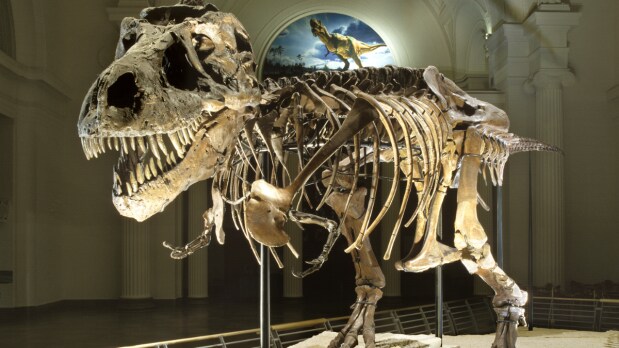
On August 12, 1990, Sue Hendrickson spotted large vertebrae protruding from an eroded bluff in South Dakota, leading to the uncovering of a remarkably complete T. rex skeleton. (Photo Source: Field Museum)
-
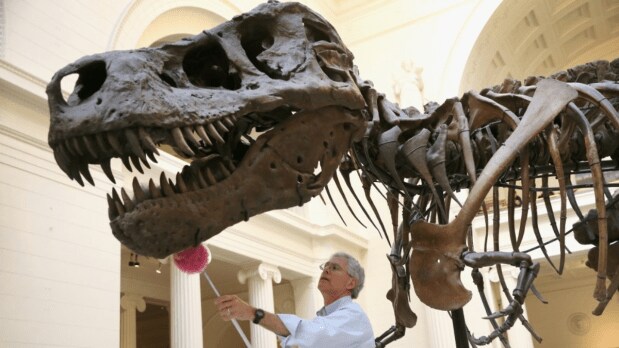
Over 17 days, palaeontologists carefully excavated more than 250 bones from the site, preserving the fossil in plaster jackets for transport to the Black Hills Institute. (Photo Source: Field Museum)
-
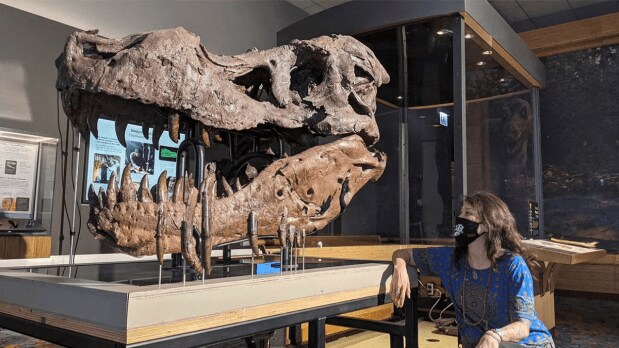
Sue’s well-preserved bones, including a nearly intact skull with many teeth, allowed scientists to study T. rex’s bite force, muscle structure, and possible growth rate in unprecedented detail. (Photo Source: Field Museum)
-
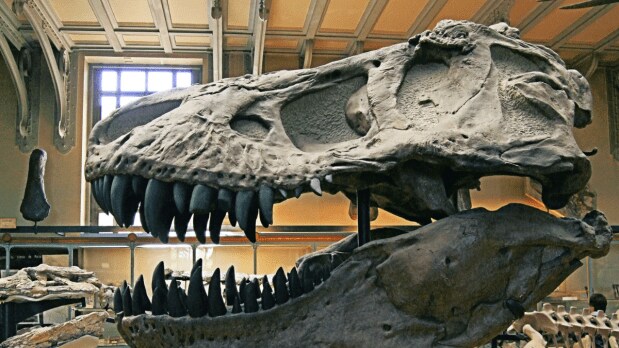
Examination of Sue’s bones revealed signs of healed injuries, infections, and arthritis, providing clues about the challenges faced by this apex predator during its life. (Photo Source: Field Museum)
-
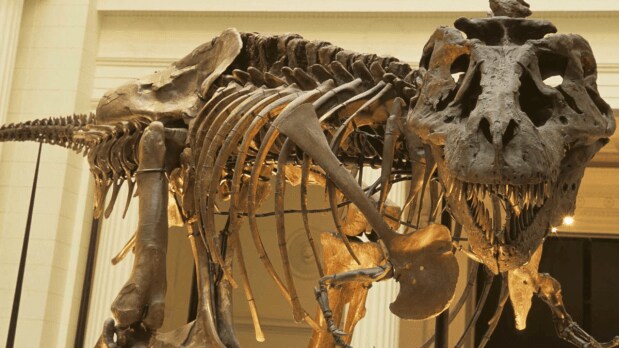
With about 90% of its skeleton intact, Sue is the most complete T. rex specimen ever found, measuring over 40 feet long and around 13 feet tall at the hips — larger than virtually all previous discoveries. (Photo Source: Field Museum)
-
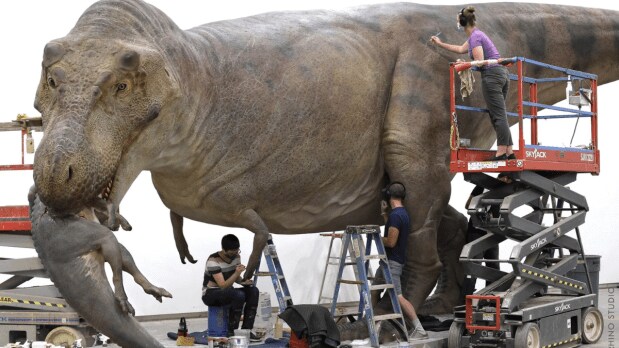
Sue’s discovery spurred advancements in excavation techniques, fossil preservation, and research collaboration, becoming a touchstone for studying theropod dinosaurs globally. (Photo Source: Field Museum)
-
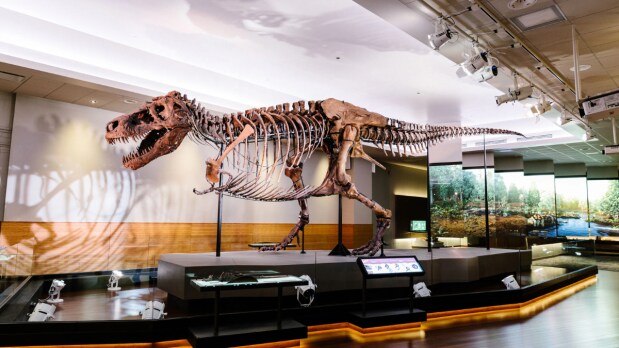
After a landmark legal battle, Sue was acquired by the Field Museum in Chicago, where it remains a centrepiece exhibit, enthralling millions of visitors and fostering public interest in natural history. (Photo Source: Field Museum)

8th Pay Commission implementation date missing in ToR: Will govt change 10-year pay revision cycle? Employees’ body flags omission






